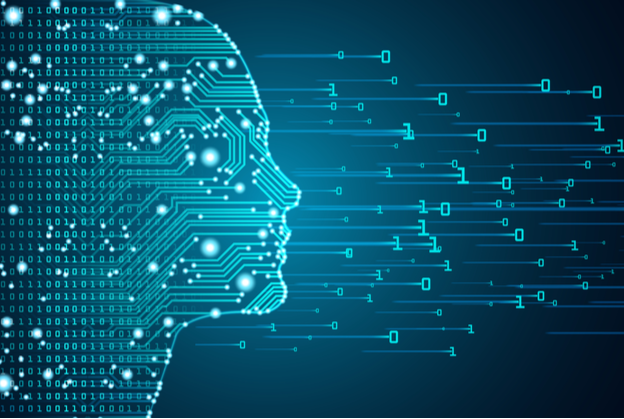Machine learning (ML) and artificial intelligence (AI) are two trending technologies that are used to develop highly intelligent software systems. Commonly, individuals mistake AI and ML to be the same thing; Although these two technologies are related, they are not synonyms for one-another. In fact, we can differentiate the two very easily; Below outlines what differentiates artificial intelligence from machine learning.
From a broad scope, AI is the bigger concept in which ML serves as a supporting pillar. AI mimics human intelligence capabilities by using machine learning algorithms that collect, analyze, and report data, to then make better decisions.
Machine Learning
Machine learning can be defined as a subgroup of artificial intelligence, which affords machines to learn from previous data or experiences without being programmed prior. ML uses large amounts of historical data; both structured and semi-structured data are used to help the model automatically generate human-like thinking capabilities.
Machine learning can be categorized three ways, including:
- Supervised learning
- Semi-Supervised learning
- Unsupervised learning
- Reinforcement learning
Supervised Machine Learning
Supervised machine learning uses training sets to teach models to yield the desired output and predict outcomes accurately, according to IBM. There are two subcategories to supervised ML — classification and regression. Classification’s goal is to assign test data into specific clusters, while regression tries to understand the relationship between dependent and independent variables in the model. Supervised learning is what enables your email to automate the process of removing potential phishing emails from your primary inbox and enters them into a separate spam folder.
Unsupervised Machine Learning
Unsupervised machine learning uses algorithms to help identify, analyze, and group together unlabeled datasets. The algorithm is responsible for discovering hidden patterns or data clusters without a human needing to act. Unsupervised ML is capable of this because it uses a reward system for the agent, so the agent has an end-goal of reaching the finish-line. In order to build an unsupervised ML model, the agent will be forced to face the temptation of exploring new states while maximizing its overall reward, each time it attempts to complete the puzzle. The dilemma is referred to as the exploration vs exploitation trade-off, in which the agent logs its experiences and continues to learn how to accurately generate the end-result. Technologies like unsupervised learning have enabled companies such as Apple to utilize new capabilities like the face recognition tool that was introduced in iPhone X.
Semi-Supervised Machine Learning
Semi-supervised machine learning falls between supervised and unsupervised learning. This means that some of the training examples are missing training labels. This is not necessarily a bad thing. Researchers have found that unlabeled data, when used in conjunction with a small amount of labeled data, can produce significant improvement in learning accuracy.
Reinforcement Machine Learning
Reinforcement machine learning uses an agent to learn in a hands-on environment through methods of trial and error. Each time the agent completes another cycle, it provides feedback from its own experiences and actions. In short, reinforcement learning is self-taught from its own mistakes and provides insight regarding performance of the model.
Machine learning has become a competitive differentiator and advantage for many organizations. As machine learning continues to increase in importance to business operations, machine learning platforms will only intensify. AgileBlue’s SOC-as-a-Service platform uses machine learning technology and user behavior analytics to detect threats before a breach. Interested in learning more about how our platform works? We are ready to show you. Contact us.




